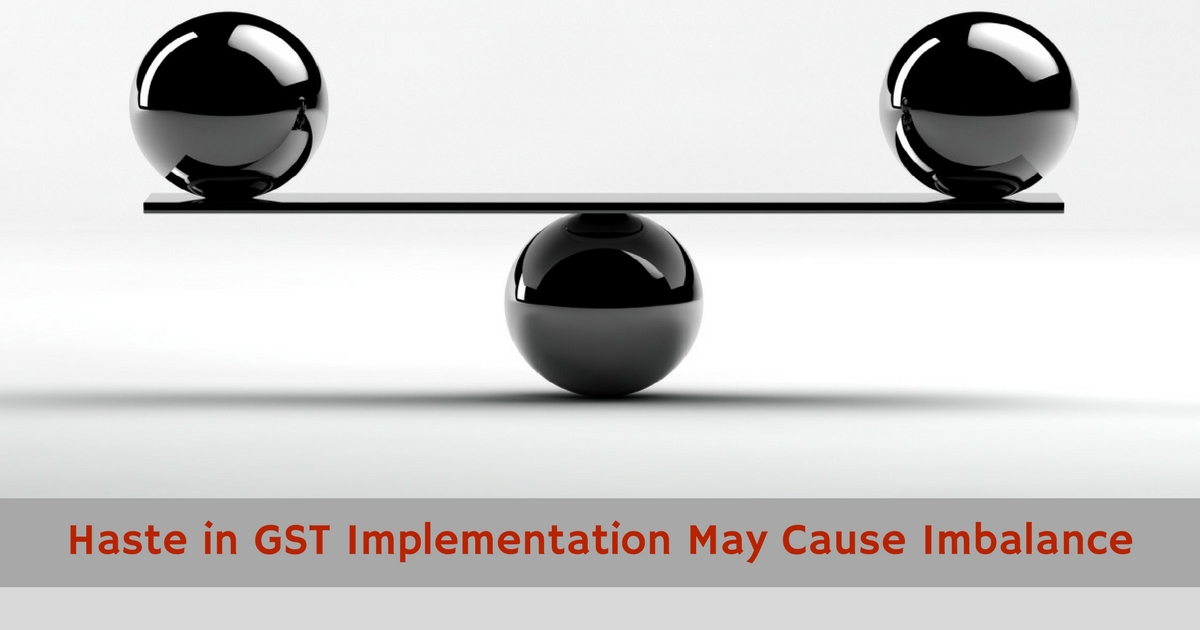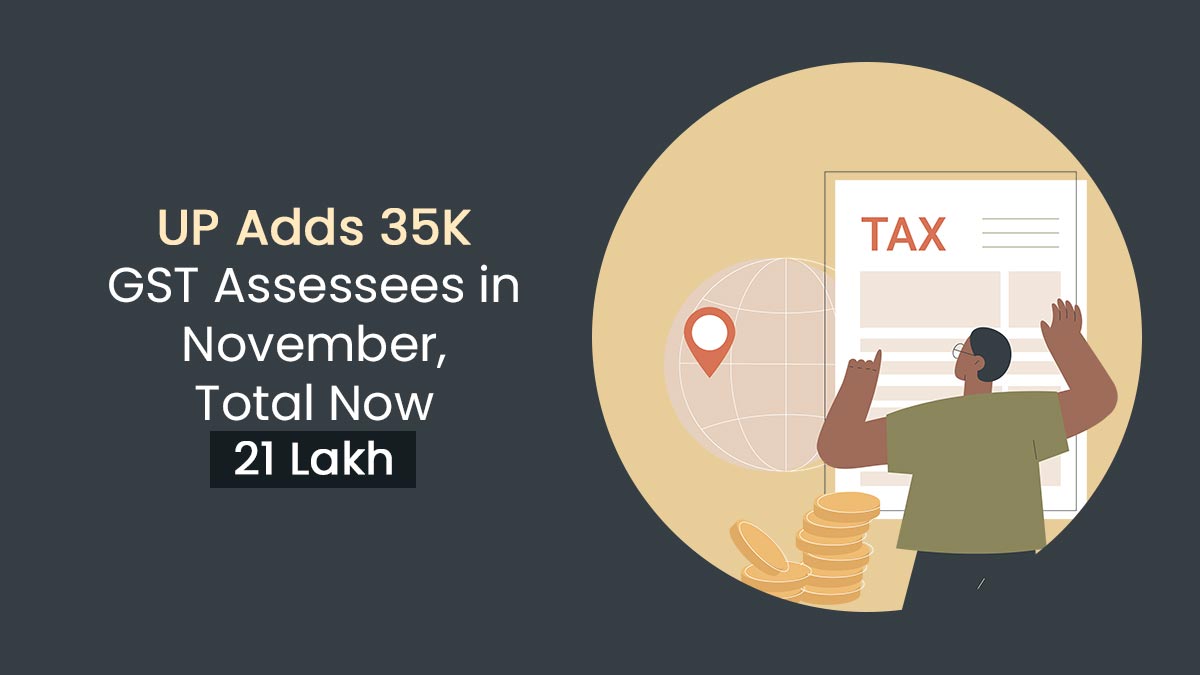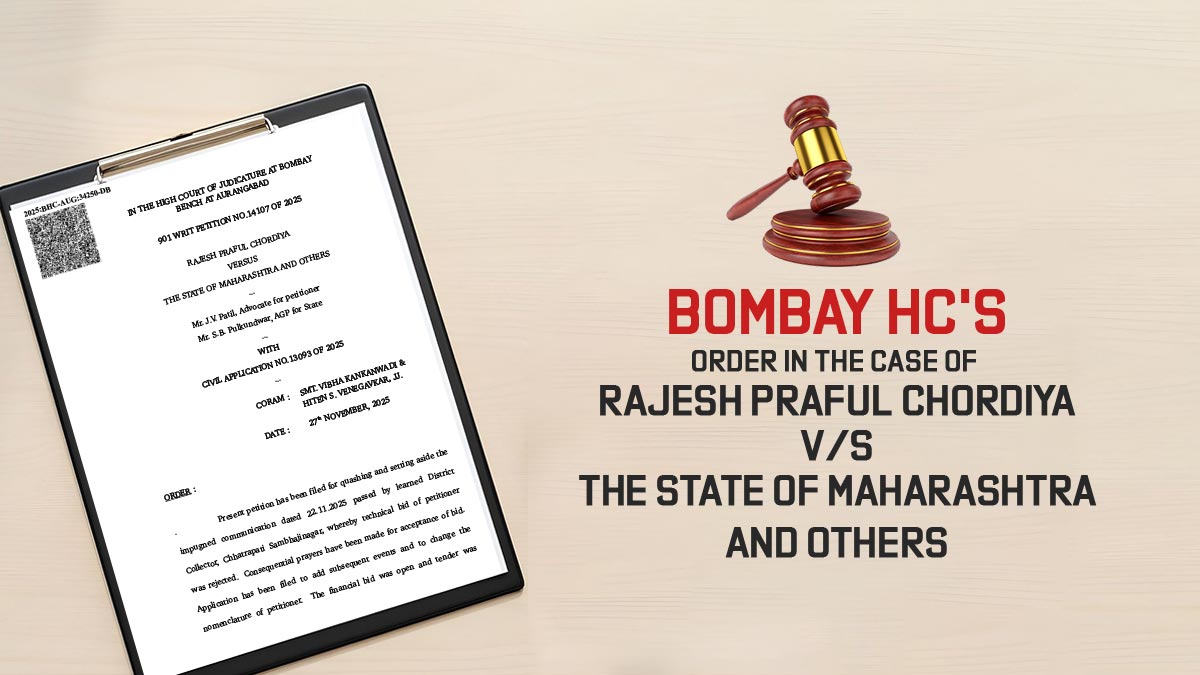India is about to create a huge taxation system with the help of information technology in processing and generating an estimated 3.5 billion invoice per month and has eyes upon the predetermined deadline of July 1st. The GST solely depends on its IT backbone and it is also the truth that for a system to run, its backbone must be strong and error free. The system after running its operations will be one of the largest and most tedious and complex taxation regime and will make the Indian market into one unified place to do the trade.
The IT system is expected to create approximately 3.5 billion invoice per month from the source of around 8 million direct taxpaying entities which will be filing the taxes for an average 37 tax return per year. The system will be transparent and can be accessed by all its stakeholders, federal and state governments, taxpayers, tax authorities, and banks. The chairman GSTN Navin Kumar mentioned in an interview that, “India’s GST is the most complex of all the countries which have implemented GST,” Kumar said, noting that work on the system began two years ago when the only available guidance available was draft laws. “Despite not having all the input, we have been working on it and we will be ready by July.”
Here the sales tax will play a role model and turn down a dozen of taxes from the both central and state level. The government also supports this point by assuring that this will bring down the cost of manufacturing and production and will promote a hassle free trade in the nation which is building up at a fascinating rate.
Kumar clearly stated that “It’s through this common GST portal that new users will register for the new tax system and existing taxpayers will migrate to file returns. However, this is only the front end of the system. In the back end, it will connect to all tax departments, which will also need to be upgraded to communicate with the GST system.”
The system is also expected to increase the number of taxpayers which was earlier suffering from the unorganized method operations and informal categorizations. However, there are some doubts and concerns raised in the preparation of GSTN and its IT platform by various head ministries. Sachin Menon, partner and head of indirect taxes at KPMG India raised the question that, “After July 1, half of the people will fail to comply with the new system, especially small units, and services industry as they won’t be ready, Now when rules are not ready yet, how can you expect the GSTN to be fully prepared by July?”
Navin Kumar replied to this as making a trial test in May to ensure hassle free implementation of the software and to check any loophole which will further give a strategic idea to improve the system. M. Veerappa Moily, a law personnel of Congress party stated in parliament that, “One nation-one tax—it’s only a myth,” Moily said in parliament on 29 March, referring to the multiple tax slabs under the proposal. “Intentions are very good. But ultimately we are landing this country in areas of tax distortion and that can be anarchy.”










